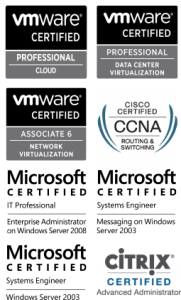Scenario
You need to confirm if Group Policy Preference Client Side Extensions are installed for Windows XP, but nothing shows up in Add/Remove Programs.
You’re sure that you have the right update (http://www.microsoft.com/download/en/details.aspx?id=3628), but Group Policy Preferences are not working.
Here’s how you can confirm Preference CSEs are installed:



